Volume 47 Number 3 (2016.10)
Special Feature
Dynamics Modeling Supporting Vehicle Performance
Part I. Special Feature
Overview
Research Reports
-
pages 1-10
Masato Tanaka, Takashi Sasagawa and Ryuji Omote
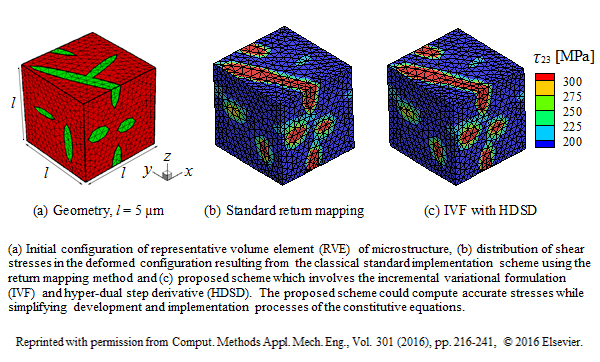
This report provides an overview on our proposed implementation scheme for a broad range of different constitutive equations into general-purpose finite element software. The proposed scheme involves an automatic calculation of stresses and corresponding tangent moduli by using incremental variational formulation and hyper-dual step derivative. By means of some material models, its performance is demonstrated.
-
3. Elastic Buckling Analysis for Compression and Torsion in Thin-walled Box Beams
 (2,261kB)
(2,261kB)pages 11-26
Katsuya Furusu, Tatsuyuki Amago and Toshiaki Nakagawa
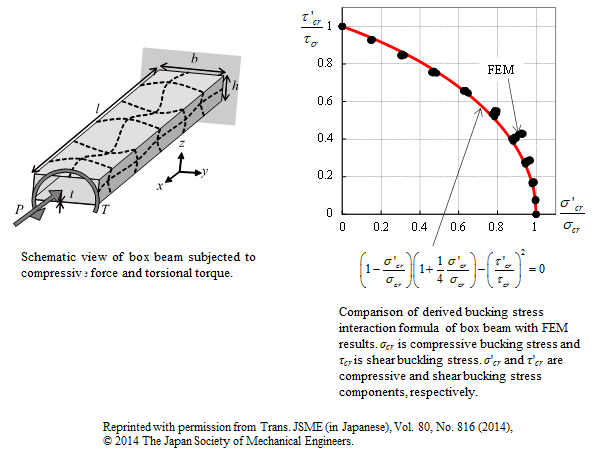
Concerning thin-walled box beams, the equation of the buckling stress under the torsional torque is solved approximately. Furthermore, the buckling stress interaction formula is derived based on results from the energy method when a compressive force and torsional torque at the same time.
-
4. Effects of Unsteady Aerodynamic Loads on Vehicle Motion Performance
 (1,156kB)
(1,156kB)pages 27-38
Mitsuyoshi Kawakami, Norikazu Sato, Osamu Murata and Kazuhiro Maeda
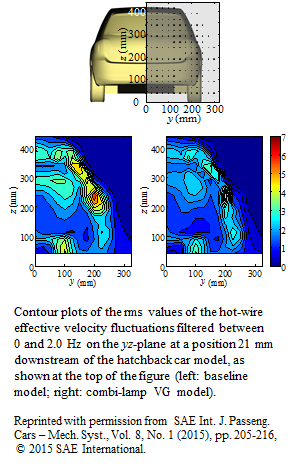
A transient aerodynamic load model associated with vehicle’s vertical motions was derived in order to demonstrate the influence of transient loads on the vehicle’s dynamic behavior. On the other hand, the possibility was established that aerodynamic load fluctuations arising from an unsteady wake reduced handling stability due to excitation of vehicle vibrations.
-
pages 39-50
Takahiro Yamaguchi and Masatoshi Hada
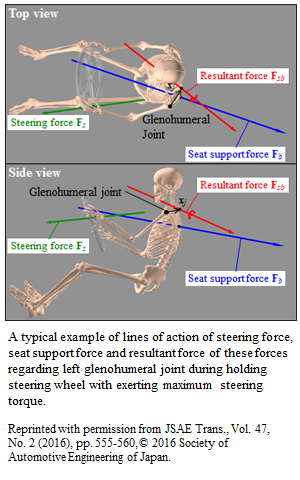
Motion of a rigid body can be described by a rotation about an axis. Similarly, the force and torque applied to a rigid body can be regarded as a force along a line of action. This study analyzed driver’s motions, forces and torques with these methods to investigate the relation of shoulder support and ease-of-steering feeling.
-
6. Study on Direct Yaw Moment and Power Consumption of an In-wheel Motor Vehicle
 (595kB)
(595kB)pages 51-59
Takao Kobayashi, Etsuo Katsuyama, Hideki Sugiura, Eiichi Ono and Masaki Yamamoto
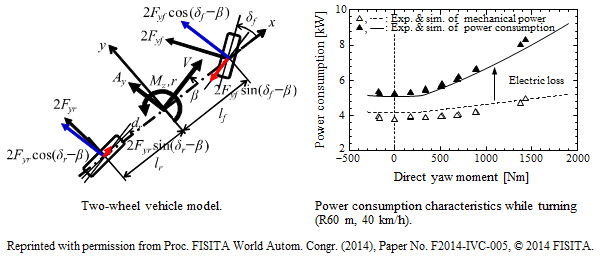
The energy consumption mechanism in steady-state cornering was formulated by constructing a vehicle dynamics-energy integrated model to minimize cornering loss. Actual vehicle tests using a vehicle equipped with in-wheel motors validated the formulation results. Based on the results, a control method that enhances cornering efficiency will be investigated in the future.
Part II.
Special Review
-
7. Research History of Drivetrain Technology at Toyota Central R&D Labs., Inc.
 (5,737kB)
(5,737kB)pages 61-97
Masataka Osawa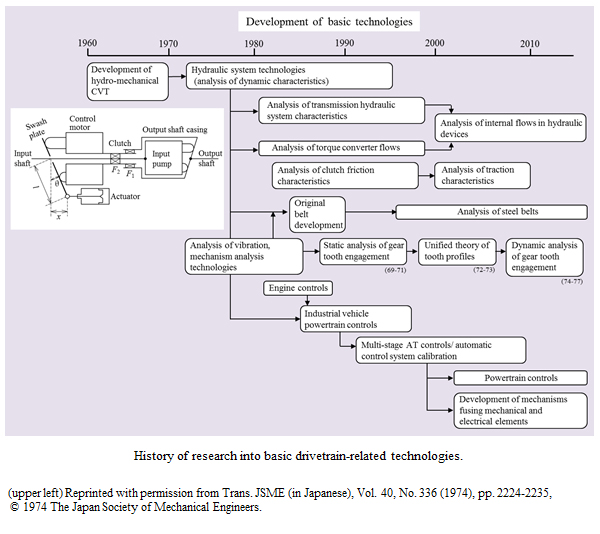
Transmission development encompasses the whole field of mechanical engineering and requires a wide range of basic technologies. This paper looks back over the history of transmission technology research at Toyota Central R&D Labs., Inc. and provides hints for the future development of mechanical engineering.
